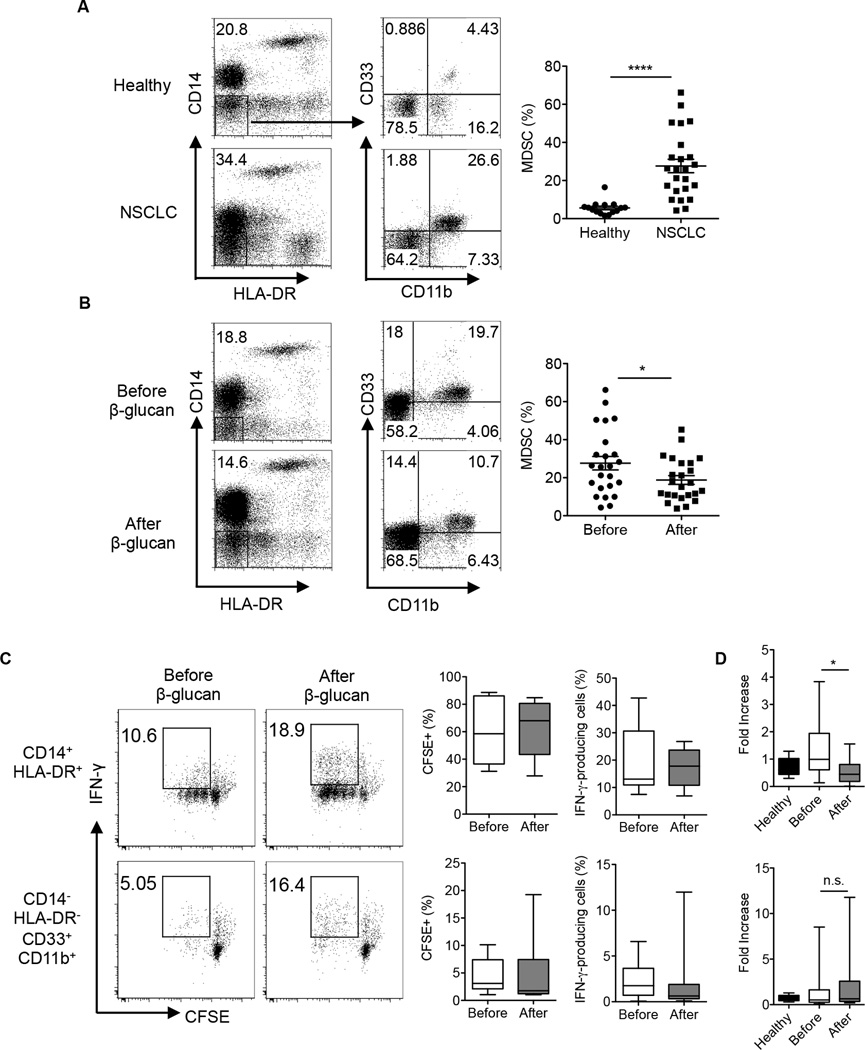Figure 8. Particulate β-glucan treatment in vivo decreased the frequency of CD14−HLA-DR−CD33+CD11b+ MDSC in the peripheral blood of NSCLC patients.
(A) Frequency of CD33+CD11b+ MDSC gated on CD14−HLA-DR− cells in the peripheral blood of NSCLC patients (n=23) compared to age and sex matched healthy donors (n=13). (B) Frequency of CD33+CD11b+ MDSC gated on CD14−HLA-DR− cells in the peripheral blood of NSCLC patients before and after particulate β-glucan treatment for 10–14 days (n=23). (C) IFN-γ production and proliferation (CFSE diluted cells) of allogeneic T cells (CD3+) cultured at 1:1 ratio with CD14+HLA-DR+CD11b+CD33+ or CD14−HLA-DR−CD11b+CD33+ isolated from the peripheral blood of NSCLC patients before and after particulate β-glucan treatment (n=11) (D) Relative Arginase1 mRNA expression levels in neutrophils (PMN) isolated from the peripheral blood of healthy controls, and patients with NSCLC before and after particulate β-glucan treatment. Arginase 1 relative mRNA expression significantly decreased in a cohort of 15 patients, whereas no significant change was reported in the other 20 patients (total n=35). *p<0.05, **p<0.01, ***p<0.001.

